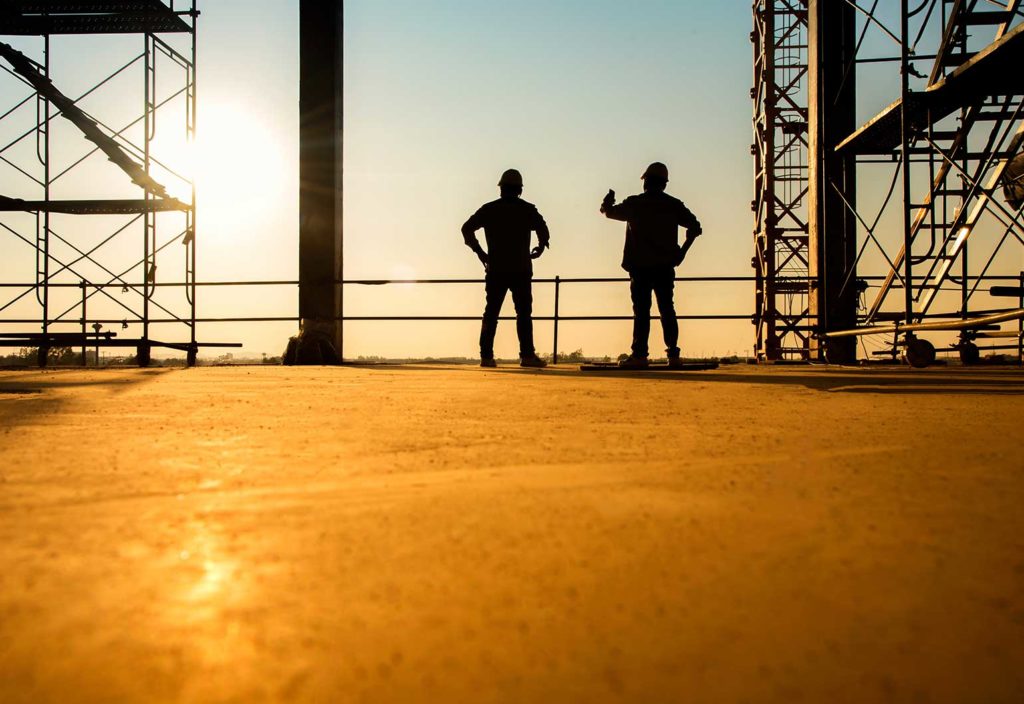Launched in September 2018, Confidential Reporting on Structural Safety – Australasia (CROSS-AUS) wants to change the way we view failures in the building industry.
“There is nothing like a failure or a near miss as a learning aide,” said Karlie Collis, Chair of Engineers Australia’s (EA) Structural College Board.
Based on reporting techniques developed by NASA for the aviation industry, CROSS-AUS is a confidential reporting scheme that captures and shares lessons learned in the construction industry with the aim of preventing future failures. Collis said that structural engineering needs a robust process for dealing with failures and near-misses, which has been somewhat absent from the profession.
“Engineers have a long history of improving the science and practice of engineering by analysing and learning from failures, [but] this part of engineering has been largely lost in the current litigious climate,” she told create.
“With the focus on buildings, and failures in high-rise buildings in particular, … CROSS-AUS is essential for our members to be aware of.”
International traction
First established in the UK in 2005, CROSS-UK played a significant role in the repercussions of the Grenfell Tower Tragedy.
“After the Grenfell fire, the UK Government asked Dame Judith Hackitt to conduct an urgent, independent review of building and fire safety regulations and their effectiveness,” Director of CROSS-AUS Mike Fordyce told create.
“CROSS-UK was one of many organisations that gave evidence … from its database of reports gathered since 2005. In her final report … [one of Hackitt’s] recommendations was to enhance CROSS for structural safety and expand into fire reporting so that lessons could be learned to improve matters in the future.”
In addition to the UK and Australia, CROSS International now operates across Southern Africa and the US, with discussions also taking place in New Zealand and Germany.
“There is a common database with each of these [bodies] so that lessons learned can be shared between countries,” Fordyce said.
How does it work?
Reports are submitted confidentially to CROSS-AUS. They are immediately anonymised, after which a panel of experts discuss the issues and provide commentary on lessons learned. These anonymised reports are then available for free on the CROSS-AUS online database for anyone to access, with the aim of improving public safety.
Reports are welcome from anyone involved in the building and civil engineering industry – from structural engineers and designers to maintenance and operation teams.
“CROSS reports will be of interest to more than just structural engineers; anyone involved in the development of buildings will find the reports of interest,” Collis said.
“It is also a real possibility that the scheme could be extended to other disciplines in the future as is currently taking place in the UK.”
Since its launch in September last year, 14 reports have been submitted to CROSS-AUS.
“It’s less than we would like but is to be expected at this initial stage,” Fordyce said.
“Going forward, we would like to see this build to around 30 to 40 reports per year, which would allow us to publish four newsletters per year … It is encouraging that we have a steadily growing list of subscribers, [but] we would like to see all EA’s structural engineers signed up.
“If you have experienced a safety related concern or event relating to design or construction, or during the life of a structure, or indeed during demolition, then we encourage you to submit a report so that others can learn from your experience.”
Anyone interested in learning more about the tool or using it is encouraged to sign up to CROSS-AUS and submit reports of previous and current failures or near-misses.
